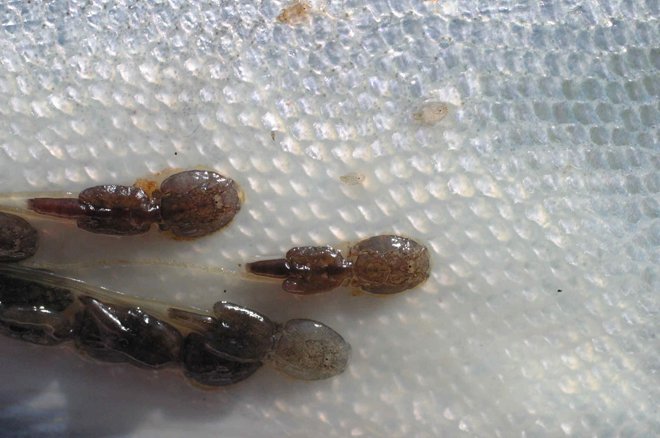


The baby jellyfish get caught in bathing suits and when any pressure occurs, stinging cells are released, causing itching, welts, and irritation. They're visible to the naked eye, but they virtually disappear when in the water - so avoiding them is impossible. Most outbreaks can be traced back to the larvae of the thimble jellyfish. Scientists discourage the use of the term because it can cause confusion - there is a parasite that only affects fish also called sea lice.Ĭases of Sea Bather's Eruption been reported along 250 miles of Florida's southern Atlantic coastline for more than a century, according to the Florida Department of Health. Officials say cases peak from March through August and that shifting currents are to blame. Use of the term sea lice became popular in the 1950s among locals who experienced the itchy rashes after swimming, according to the Florida Department of Health. The term refers to the condition caused by the larvae stings, more accurately called "Sea Bather's Eruption." It's a rash caused by miniature larvae of marine life - like jellyfish or sea anemones. "Sea lice," despite the name, is not actually lice. So what is "sea lice" and how can you avoid it? On Monday, lifeguards in Pensacola reported mild cases of "sea lice" and hoisted purple flags to warn beachgoers, according to WEAR. In serious cases, people can experience flu-like symptoms such as fever, headache, chills and nausea. What to do if you spot a stranded manatee in Florida Those affected experience an itchy, irritated rash - often with bumps and welts.ġ,200 Florida beach-goers stung by jellyfish within days: Local officials

A trip to the beach may leave you with an itchy rash as people are reporting cases of "sea lice" after a dip in Florida's waters.


 0 kommentar(er)
0 kommentar(er)
